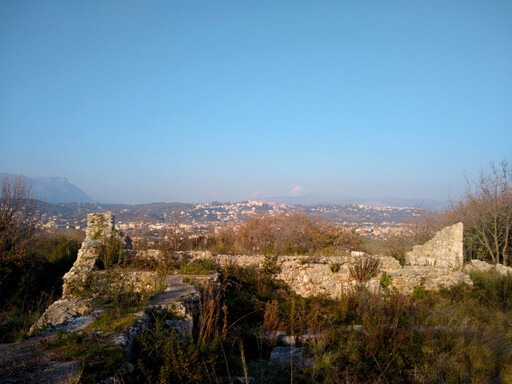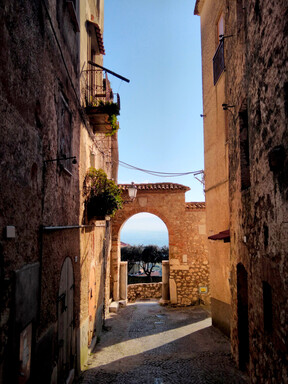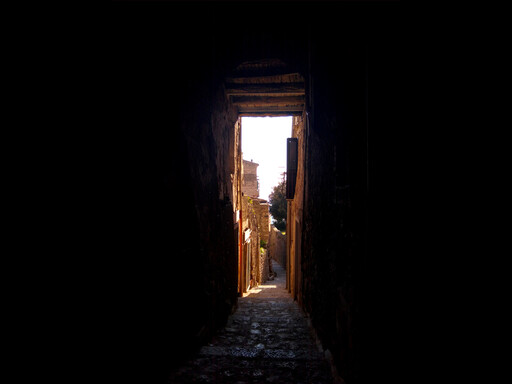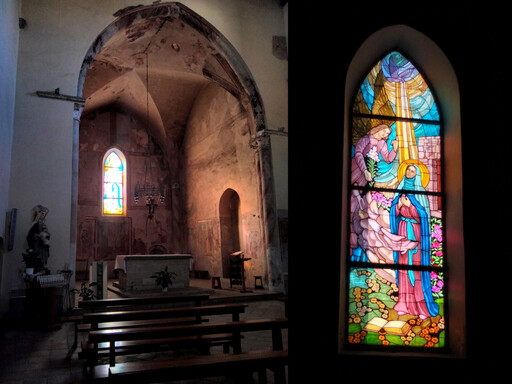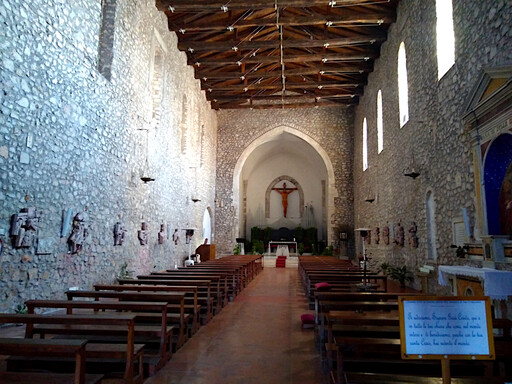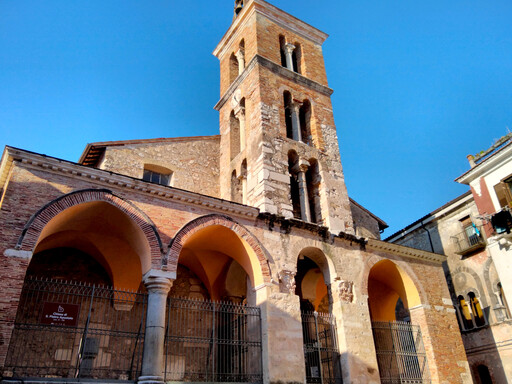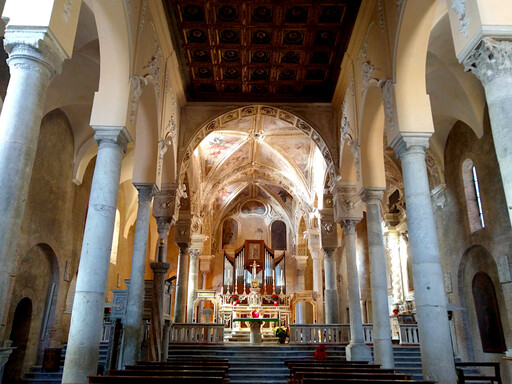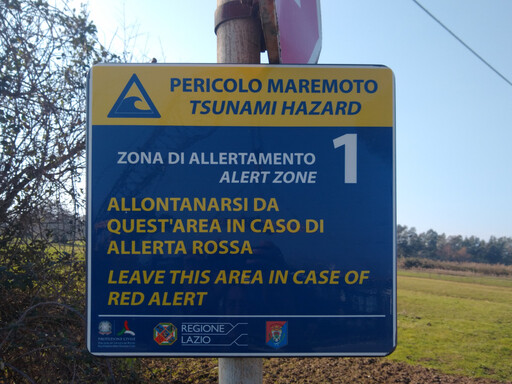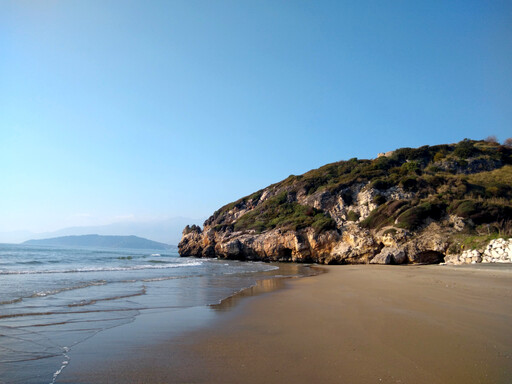Minturno
The Roman city of Minturnae, in the southern region of Lazio, was built in 312 B.C. on the site of the previous conquered ancient city of the same name, part of the Pentapoli Aurunca. Its location, protected by the monti Aurunci to the north, golfo di Gaeta and mar Tirreno to the southwest, and the river Liris (now called Garigliano) to the southeast, and right on via Appia, the “regina viarum” (queen of roads, the main road connecting Rome to the southern end of the peninsula), made it a strategic point for a colony.
The ruins of the Roman city can be still be visited today (that's for another post), but after the fall of the Empire and the interruption of its great aqueduct by the Goths, it was transferred to a fortified place on a nearby hill, and given the name of the old city, today called “Minturno”.
The medieval city center consists of two parallel roads encircling the hill, crossed by endless alleys (vichi) passing between and at places under the buildings, all surrounded by beautiful churches, bars and restaurants, and a medieval palace.
The modern part of the city spreads all the way to the sea and, together with the neighboring Formia and Gaeta, is still a popular summer destination on the beautiful Tyrrhenian coast, just as it was in Roman times.
man is by nature a political animal, and a man that is by nature and not merely by fortune citiless is either low in the scale of humanity or above it
[…]
a man who is incapable of entering into partnership, or who is so self-sufficing that he has no need to do so, is no part of a state, so that he must be either a lower animal or a god
